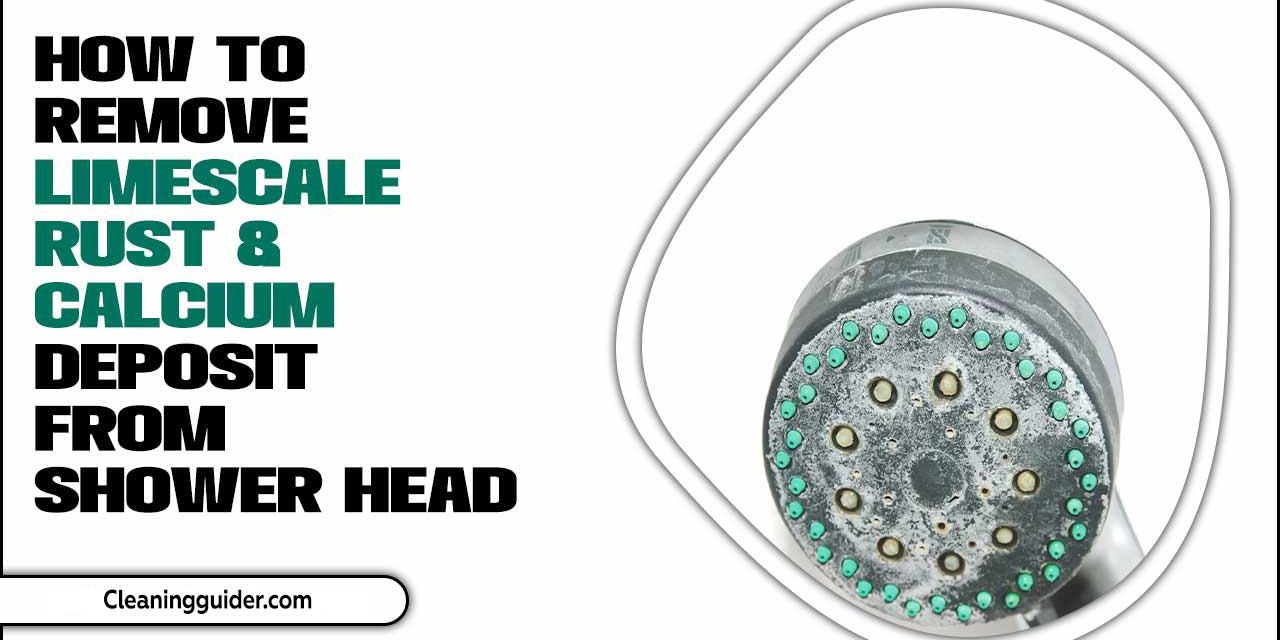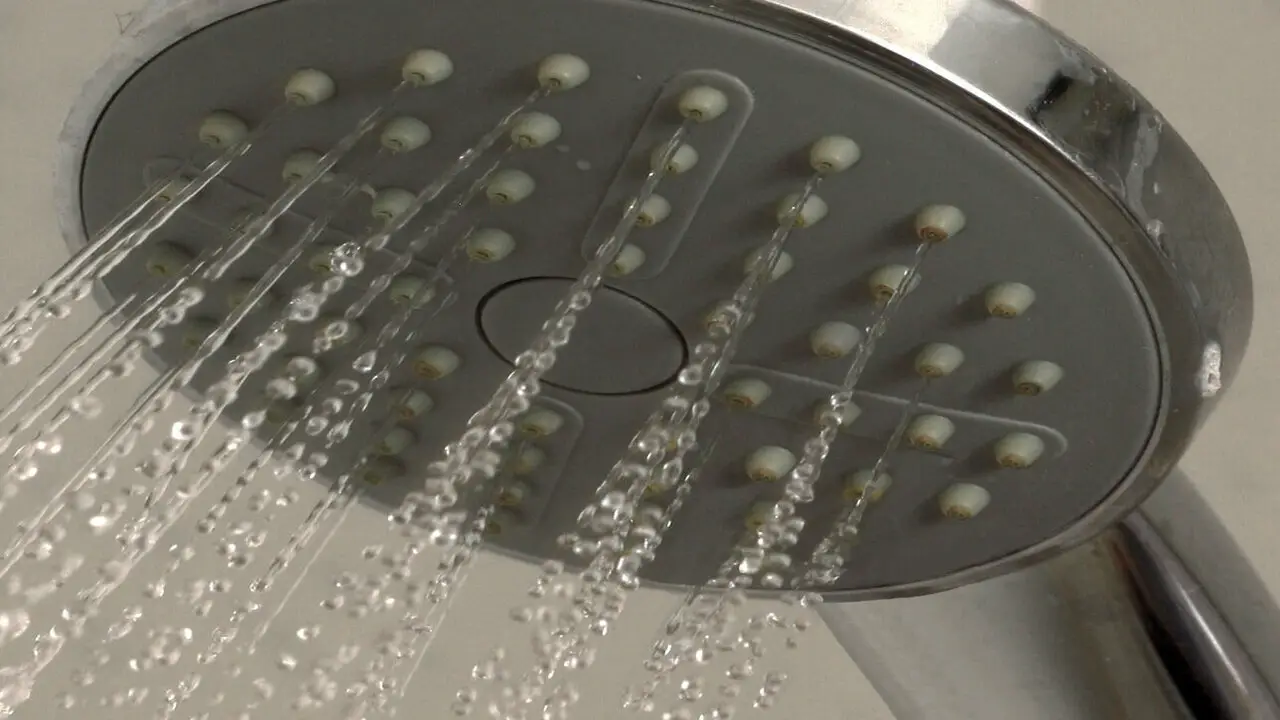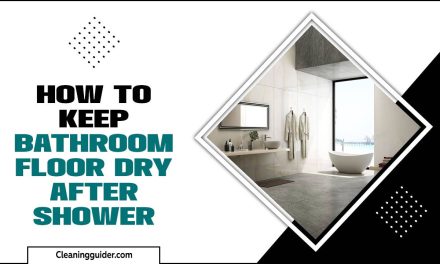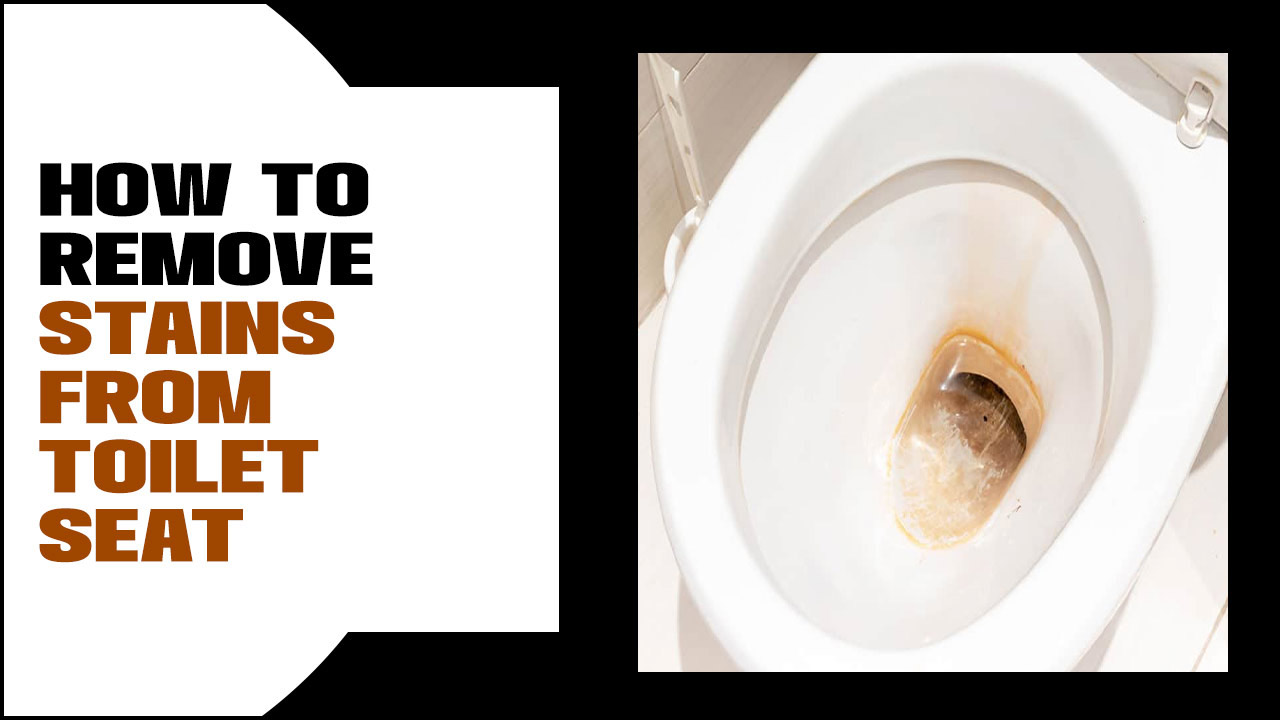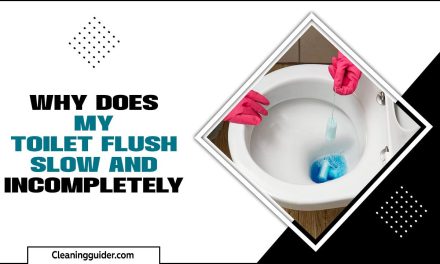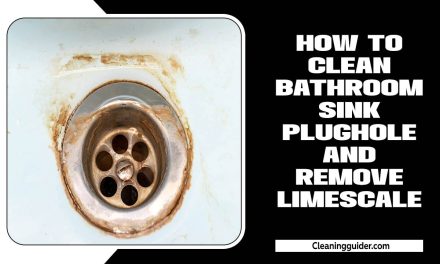A clean and refreshing shower is an essential part of any daily routine. However, over time, mineral deposits such as limescale, rust, and calcium can build up in your shower head, causing it to clog and decrease water pressure.
Not only does this make for an unpleasant shower experience, but it can also lead to costly repairs or replacements. It is important to regularly remove these deposits from your shower head to ensure it functions efficiently and maintains its lifespan. Here we will dive deeper into what causes these deposits to form and their impact on your showerhead.
We’ll also discuss how to identify them and provide you with seven effective methods to remove them using simple household ingredients like vinegar, baking soda, and citric acid. To maintain a healthy showerhead, we have included some regular cleaning and maintenance tips and ways to prevent future buildup.
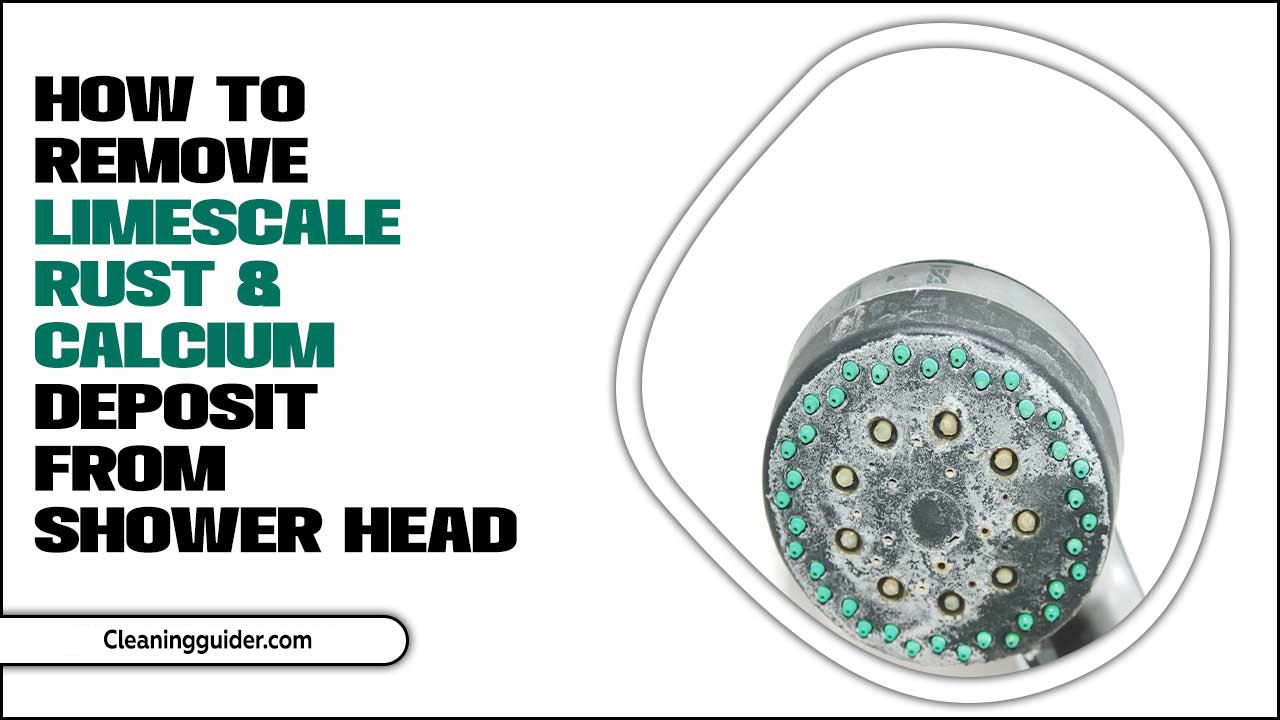
The Impact Of Limescale, Rust & Calcium Deposits On Shower Heads

Limescale buildup in shower heads can lead to restricted water flow, while rust can result in unsightly stains on the shower head and surrounding fixtures. Additionally, calcium deposits can affect the water pressure and quality during showers.
In extreme cases, shower heads with heavy deposits may need to be replaced altogether. However, regular cleaning and maintenance can help prevent these issues from occurring. By staying proactive and addressing limescale, rust, and calcium deposits on shower heads, you can ensure optimal performance and a pleasant shower experience.
7 Effective Methods How To Remove Limescale Rust & Calcium Deposit From Shower Head
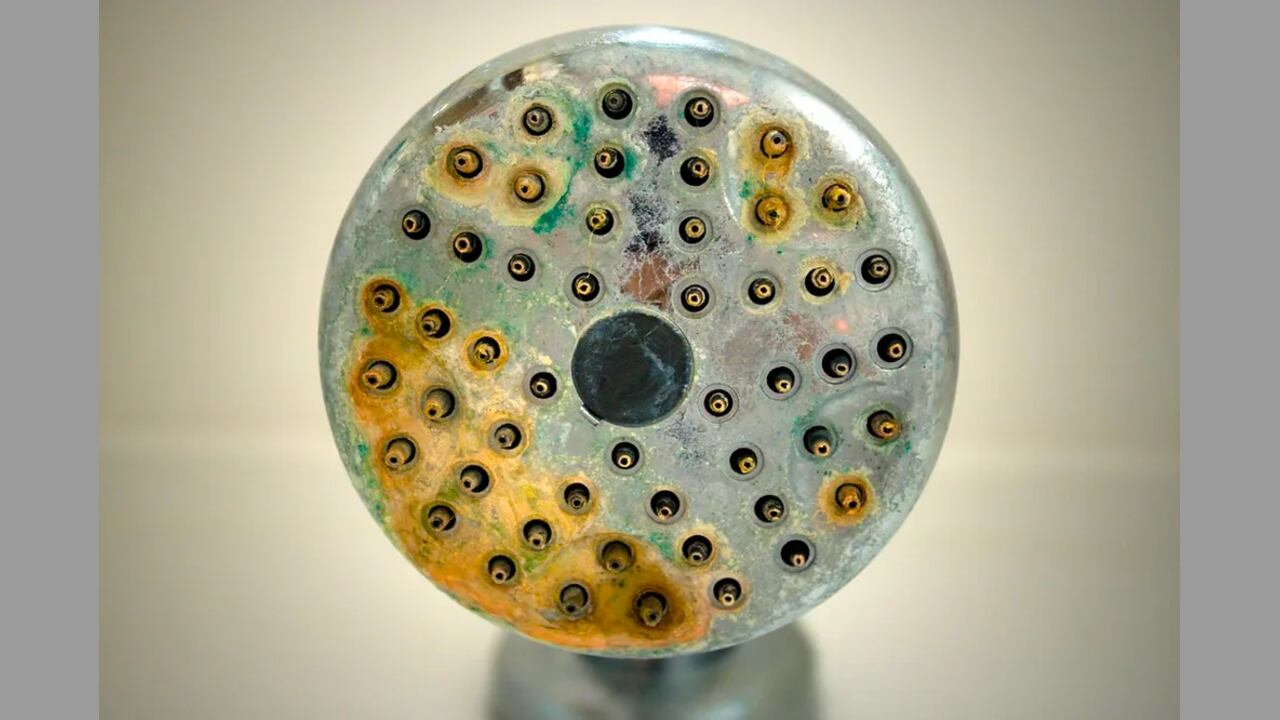
Limescale, rust, and calcium deposits are common nuisances in plumbing systems. These deposits can block water flow and cause stains. Understanding the formation process of these deposits is key to preventing them. Limescale primarily comprises calcium carbonate, while rust forms when iron or steel comes into contact with oxygen and water.
Removing limescale, rust, and calcium deposits from your shower head is essential for maintaining a clean and efficient bathroom. Fortunately, there are several effective methods you can try. Here are seven methods on how to remove limescale rust & calcium deposit from shower head:
1.Vinegar Soak

Vinegar is an effective and natural method for cleaning shower heads’ limescale, rust, and calcium deposits. First, remove the showerhead from the pipe and place it in a plastic bag or container.
Submerge the shower head fully in vinegar, allowing it to soak for at least an hour or overnight for tougher buildup. After soaking, rinse the shower head with water and gently scrub any remaining residue using a toothbrush or cloth. Finally, reattach the shower head and test the water flow.
2.Baking Soda Paste
Baking soda paste is a cost-effective and efficient method for cleaning shower heads. Mixing baking soda with water can create a thick paste that effectively removes limescale and other deposits. Simply apply the paste to the shower head and let it sit for 15-20 minutes.
Then, use a brush or cloth to scrub away the buildup. Rinse thoroughly with water and repeat if necessary. Baking soda paste is a natural and affordable solution for maintaining clean and functional shower heads.
3.Citric Acid Solution
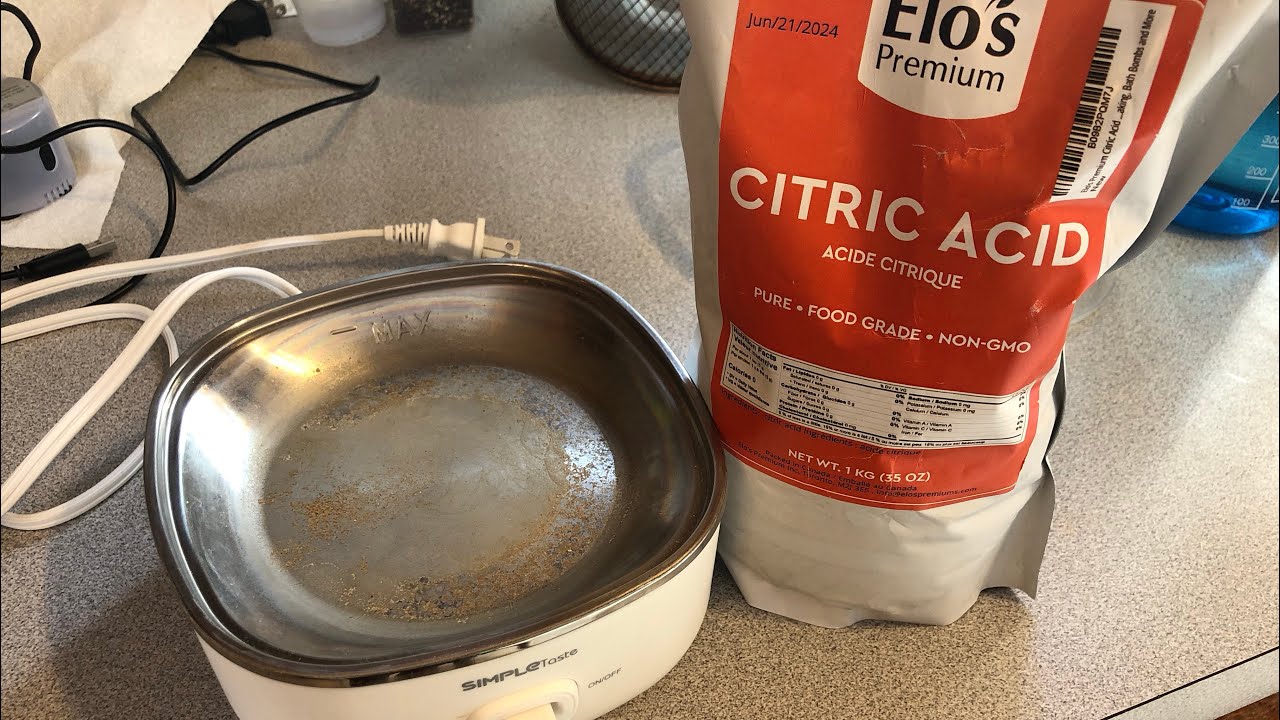
An effective and natural solution for removing limescale, rust, and calcium deposits from a showerhead is a citric acid solution. Mix 1 cup of citric acid powder with 2 cups of warm water to create this solution.
Soak the showerhead in the solution for at least 30 minutes, and then rinse it thoroughly with water. If stubborn deposits persist, you can repeat the process. Regular cleaning with citric acid can help prevent buildup and prolong the life of your showerhead.
4.Toothbrush Scrub
Try the toothbrush scrub technique for a budget-friendly and effective method of removing limescale and rust from your shower head. Take an old toothbrush and gently scrub the affected area using warm water and a small amount of baking soda.
Once thoroughly scrubbing the buildup, rinse it with warm water to remove any residue. To prevent limescale buildup, repeat this process regularly. The toothbrush scrub is a simple yet efficient way to keep your shower head clean and free from deposits.
5.CLR Cleaner
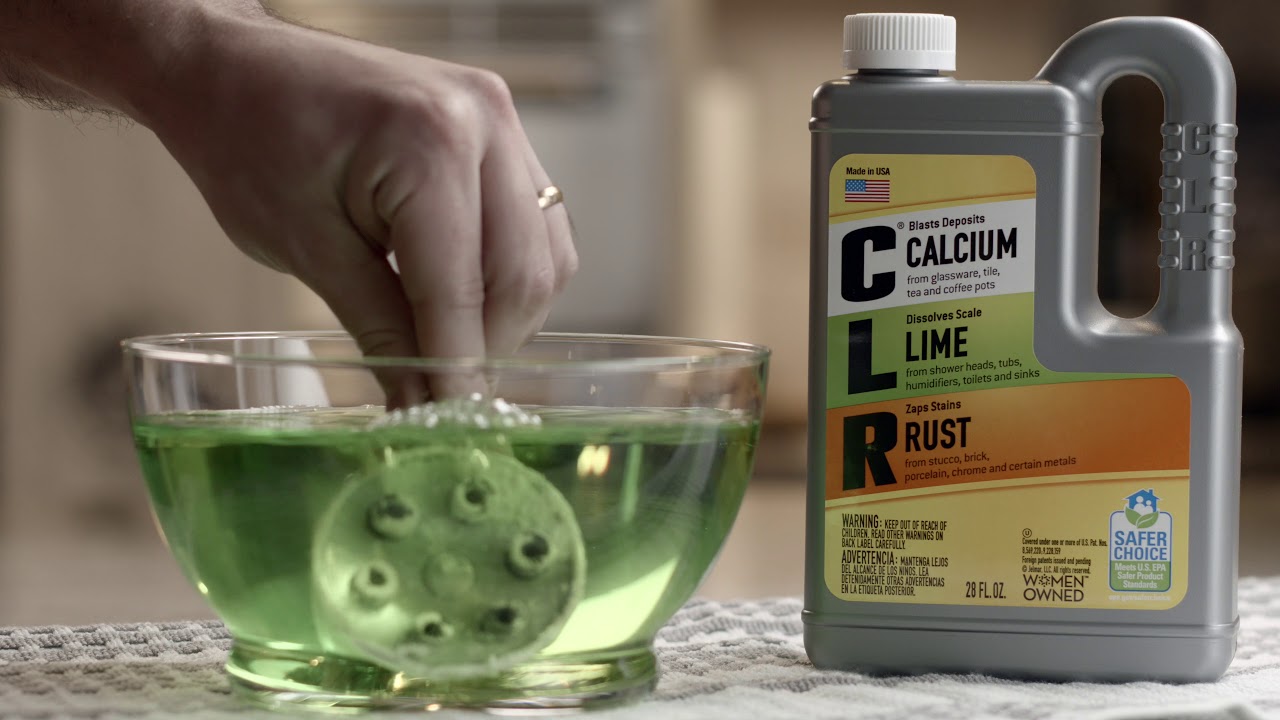
CLR cleaner is a powerful solution for removing limescale, rust, and calcium deposits. Apply CLR directly to the affected areas and let it sit for a few minutes. Use a scrub brush or sponge to agitate the cleaner and remove the deposits. Rinse the shower head thoroughly with warm water. CLR cleaner is a popular choice for its effectiveness in tackling stubborn stains.
6.Boiling Water Flush
Try the boiling water flush method to remove limescale from your shower head. Start by removing the shower head and placing it in a pot of boiling water. Let it soak for a few hours to loosen limescale and calcium deposits.
Use tongs or gloves to remove the shower head from the boiling water carefully. Rinse it with warm water to wash away any remaining deposits. The boiling water flush is a simple and natural method that effectively removes limescale.
7.Replace Or Descale
If limescale buildup is severe, consider replacing the shower head. Alternatively, you can descale the shower head by soaking it in equal parts white vinegar and water. After soaking for a few hours, scrub the shower head with a toothbrush to remove any remaining deposits. Rinse the shower head thoroughly with warm water. The decision to replace or descale depends on the severity of limescale problems.
How To Identify Limescale, Rust & Calcium Deposits?
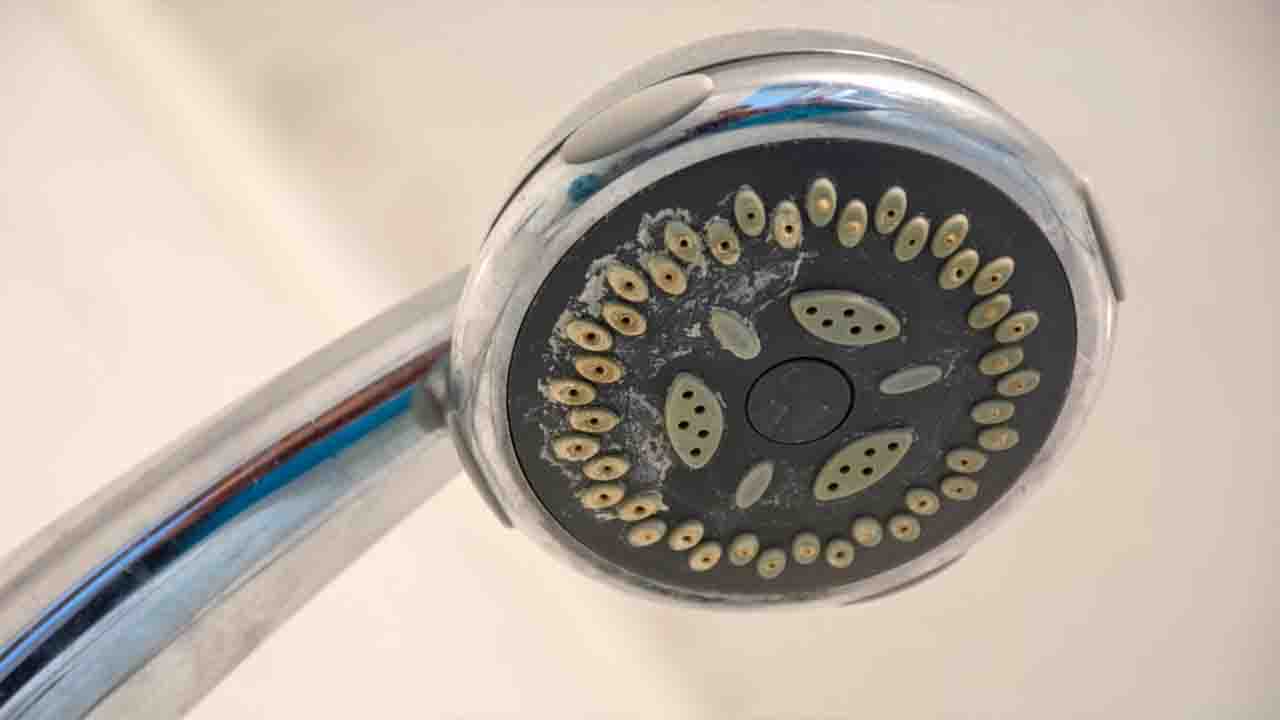
Identifying limescale, rust, and calcium deposits on your shower head can help you effectively remove them and improve the performance of your shower. Knowing what to look for lets you easily identify these deposits and take the necessary steps to remove them, ensuring a clean and efficient showering experience. Here are some tips for identifying these common deposits:
- Limescale: Limescale is a hard, chalky substance that forms when mineral-rich water evaporates. It often appears as a white or off-white crust on metal surfaces.
- Rust: Rust is a reddish-brown discoloration that occurs when iron or steel comes into contact with air and moisture. It can appear as small spots or streaks on the surface of your shower head.
- Calcium Deposits: Calcium deposits, also known as hard water stains, are caused by the build-up of minerals like calcium and magnesium in your water. They typically appear as cloudy white spots or streaks on the surface of your shower head.
Regular Cleaning And Maintenance Tips
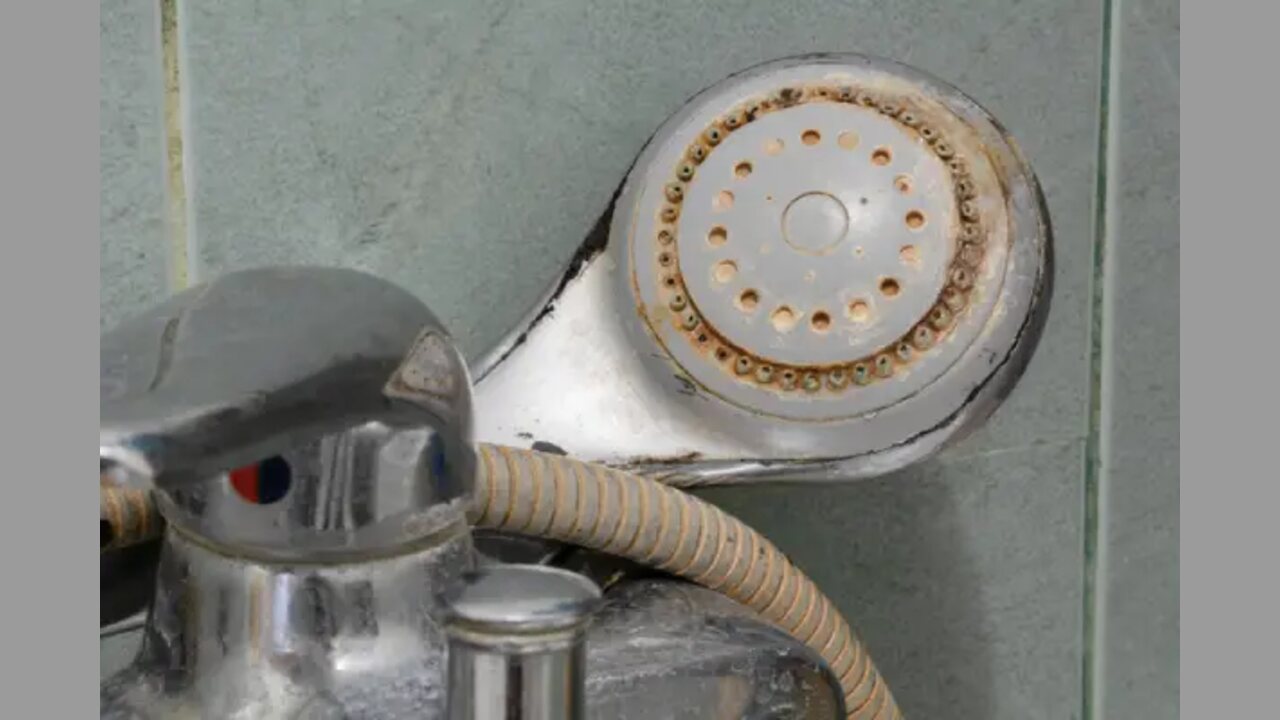
Regular cleaning and maintenance are essential for keeping your shower head free from limescale, rust, and calcium deposits. Following these regular cleaning and maintenance tips, you can keep your shower head clean and functioning properly for years. Here are some tips to help you keep your shower head in top condition:
- Use A Vinegar Solution: Fill a plastic bag with vinegar and secure it around the shower head using a rubber band. Leave it overnight to allow the vinegar to dissolve the deposits. In the morning, remove the bag and use a soft brush or toothbrush to remove any remaining residue.
- Scrub With Baking Soda: Make a paste using baking soda and water, then apply it to the shower head. Use a soft brush or toothbrush to scrub away the deposits. Rinse thoroughly with water.
- Soak In Lemon Juice: For a natural alternative, soak your shower head in lemon juice for several hours or overnight. The citric acid in the lemon juice can help dissolve limescale and other deposits.
- Clean Regularly: To prevent buildup, make it a habit to clean your shower head regularly. After each use, this can be done by wiping it down with a damp cloth or sponge.
Preventing Future Buildup By Using A Water Softener Or Installing A Filter
Implementing a few simple measures can prevent future buildup of limescale, rust, and calcium deposits on your shower head. One option is to use a water softener, which can help to reduce the mineral content in your water and minimize the formation of deposits. Another option is installing a filter designed to remove impurities and sediment from your water supply.
This can help prevent the buildup of limescale and other deposits on your shower head, ensuring it continues to function optimally. By taking these preventative measures, you can save yourself the hassle of regularly cleaning and descaling your shower head in the future.
When Should You Consider Professional Cleaning For Severe Deposits?

If your shower head has severe limescale, rust, or calcium deposits that are stubborn and difficult to remove, it may be time to consider professional cleaning. While many DIY methods are available for removing mild deposits, severe buildup may require professionals’ expertise and specialized equipment.
Professional cleaners have access to stronger cleaning solutions and tools that can effectively dissolve and remove stubborn deposits without causing damage to the shower head. Additionally, they can ensure that all traces of the deposits are thoroughly removed, leaving your shower head looking and functioning like new.
If you’ve tried multiple DIY methods without success or if the deposits are significantly affecting your showers’ water flow and quality, it’s best to consult a professional cleaner for optimal results.
Conclusion
To maintain the efficiency and longevity of your shower head, it is important to remove limescale, rust, and calcium deposits regularly. These deposits can affect water flow and quality, leading to clogging and damage.
Following the mentioned methods and tips, you can easily remove these deposits and keep your shower head clean and functioning optimally. Remember to be cautious while using chemicals and always follow the instructions provided.
Additionally, incorporating regular cleaning and maintenance practices and implementing preventive measures like using a water softener or installing a filter can significantly reduce the buildup of deposits. If you’re dealing with severe deposits that are difficult to remove, it may be time to consider professional cleaning for the best results. So it is essential to know how to remove limescale rust & calcium deposit from shower head.
Frequently Asked Questions
1.Can Regular Cleaning Extend The Life Of Your Shower Head?
Ans: Regular cleaning is essential for extending the life of your shower head. Limescale, rust, and calcium deposits can corrode and damage the shower head over time. Cleaning with vinegar or a commercial cleaner helps remove buildup and prevents damage. It also improves water flow and prevents clogs.
2.What Will Remove Heavy Limescale Buildup?
Ans: To remove heavy limescale buildup, try a vinegar and baking soda solution or a commercial limescale remover designed for showerheads. Soaking the showerhead in vinegar overnight can help with tough stains. Regular cleaning and maintenance can prevent heavy limescale buildup.
3.How Long Does Vinegar Take To Remove Limescale?
Ans: Vinegar’s effectiveness in removing limescale varies, taking anywhere from 30 minutes to a few hours. For optimal results, let the vinegar sit for at least an hour. After soaking, scrub the shower head with a brush or toothbrush and rinse thoroughly to remove any remaining vinegar residue.
4.Are There Any Home Remedies That Work Well For Removing Limescale?
Ans: Vinegar and lemon juice are common household remedies for limescale removal. Baking soda mixed with water creates a paste that helps eliminate tough limescale deposits. Regular cleaning and prevention methods like using a water softener or descaling solution can also prevent limescale buildup.
5.Can Natural Remedies Be Effective For Removing Limescale?
Ans: Yes, natural remedies can effectively remove limescale from shower heads. Soaking the shower head in vinegar overnight or using a paste of lemon juice and baking soda are popular natural solutions. Regular cleaning with these remedies helps prevent buildup and maintain your shower head’s longevity.

